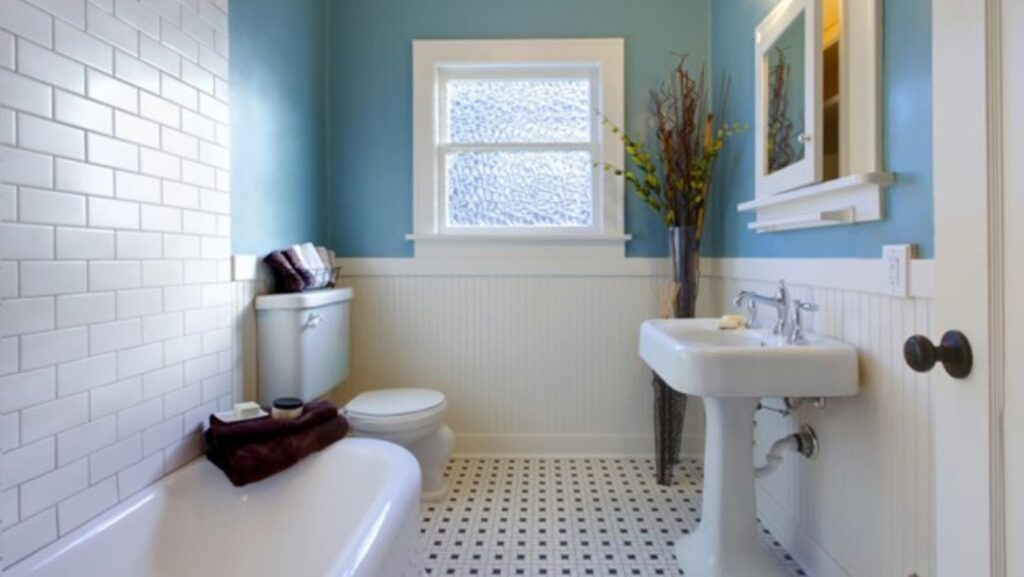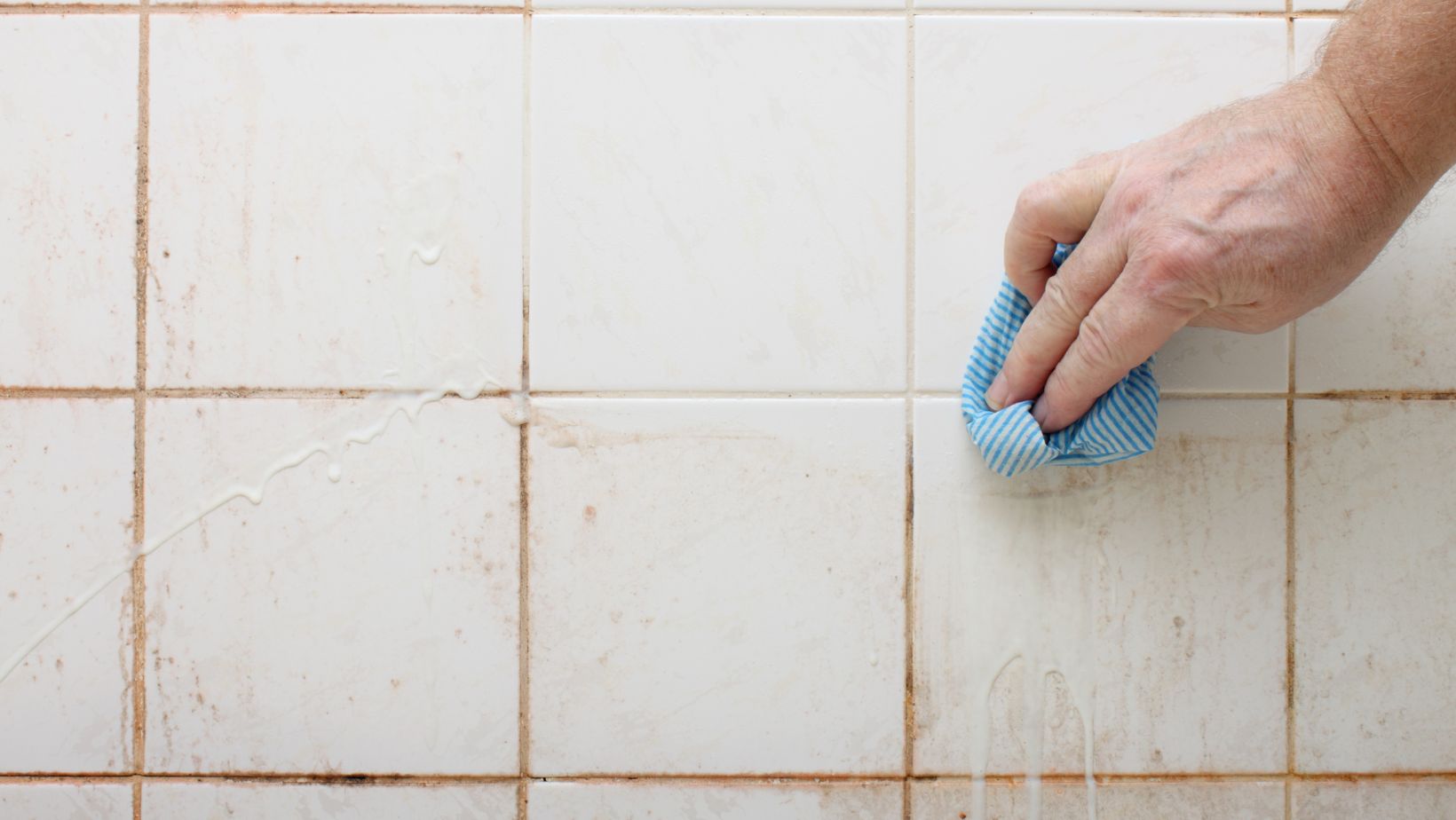
Mold growth is a pesky problem that many homeowners face in their bathrooms. This common issue is caused by the combination of moisture, warmth, and limited airflow. Once mold takes hold, it can spread quickly and cause unsightly and potentially harmful effects. Proper ventilation is key in preventing the development of this unwelcome guest. Not only does adequate airflow help in controlling moisture levels, but it also plays an essential role in
Installed and maintained bathroom ventilation, indoor air quality, and overall home maintenance. Moreover, neglecting to address mold problems can lead to serious health risks like respiratory issues and allergies. Thus, the long-term benefits of maintaining a mold-free bathroom environment cannot be overstated.
Understanding Bathroom Mould Growth
Mold thrives in damp, humid environments, making bathrooms an ideal breeding ground. The development of mold is most common in areas where ventilation is poor, allowing moisture to linger. This fungus favors dark and humid spots, often appearing behind tiles, under sinks, or in the crevices of shower stalls. The most common types of mold found in bathrooms include black mold (Stachybotrys), which is notorious for its potential health impacts.
Early signs of mold can start with a musty smell and small spots of discoloration on walls or ceilings. Recognizing these signs promptly is crucial, as early intervention can prevent further spread and damage. Addressing mold issues as soon as they arise helps maintain not only the integrity of the bathroom but also the health of its inhabitants.
Role of Ventilation in Preventing Mould
Ventilation plays a pivotal role in reducing humidity levels in bathrooms. By removing the moisture-laden air, effective ventilation systems create an environment less conducive to mold growth. There are several types of ventilation systems available, each varying in complexity and efficiency. From simple window ventilation to sophisticated exhaust fans, each system contributes to controlling humidity, thus reducing the risk of mold. For homeowners seeking bathroom ventilation tips, understanding the right systems and their maintenance is essential for ensuring optimal performance and long-term results.

These systems work by disrupting the conditions that mold requires to thrive. By facilitating air exchange, they help to lower the overall moisture content in the bathroom air and surfaces. Furthermore, proper ventilation enhances indoor air quality, reducing the presence of allergens and other pollutants that might exacerbate health issues. Thus, investing in a good ventilation system is a worthy consideration for preventing mold and ensuring cleaner air.
Types of Bathroom Ventilation Solutions
When it comes to ventilating a bathroom, homeowners have a variety of options. Natural ventilation, such as opening windows, offers a simple yet effective means to allow fresh air circulation. However, in cases where natural methods are not feasible, mechanical ventilation becomes essential. Exhaust fans are a popular choice, effectively drawing out humid air and replacing it with fresh air. These fans are often installed in ceilings and activated during and after showering to manage humidity levels. Inline fans offer a quieter alternative, operating from a remote location, thus avoiding noise in the bathroom.
In addition to fans, windows can play a crucial role. A well-placed window can significantly improve airflow when opened, mitigating moisture build-up. Additionally, dehumidifiers can be used to reduce ambient moisture levels, especially in bathrooms that do not have external windows. For existing systems, enhancing their capability might involve upgrading to more efficient models or installing controls like timers and humidity sensors that optimize performance based on real-time conditions.
Selecting the right ventilation system is crucial for achieving the best results. Consider the bathroom size, existing features, and typical use patterns when choosing a system. While installing a basic ventilation system, it’s important to ensure that exhaust vents lead outside to prevent moisture from being recirculated indoors. Proper installation often requires closely following manufacturer instructions or enlisting professional help if necessary.
Regular maintenance is key to ensuring ventilation systems perform optimally. This can include cleaning and replacing filters, checking for blockages in ducts, and ensuring exhaust fans function correctly. Keeping a routine maintenance schedule helps avoid common issues like reduced airflow or system failures. When problems arise, simple troubleshooting steps such as verifying electrical connections or inspecting ductwork for obstructions can often resolve them without the need for specialist intervention.
Additional Tips for Mould Prevention
Beyond ventilation, regular cleaning and maintenance routines are essential in keeping bathrooms mould-free. Wiping down wet surfaces to reduce moisture, using mold-resistant paint, and sealing grout lines all contribute to preventing mold. Addressing leaks and water spills promptly is necessary to stop excess moisture accumulation, providing another barrier against mold development.

Professional inspections may occasionally be warranted, particularly if mold is recurring or extensive. Specialists can assess difficult-to-reach areas or underlying structural issues contributing to moisture problems and recommend appropriate interventions. A proactive approach encompassing regular cleaning, maintenance, and ventilation practices forms a comprehensive strategy against mold in bathrooms.
Conclusion
Ventilation’s significant role in controlling bathroom mold growth cannot be understated. Ensuring a consistent exchange of air not only keeps mold at bay but also contributes to a healthier living environment. Regular check-ups on ventilation systems and adherence to cleaning routines are vital for effective long-term mold prevention. Adopting such proactive measures not only safeguards health but also aids in maintaining the integrity and appearance of the bathroom. It’s high time to evaluate and potentially upgrade current bathroom ventilation solutions to ensure their effectiveness in this ongoing battle against mold.












